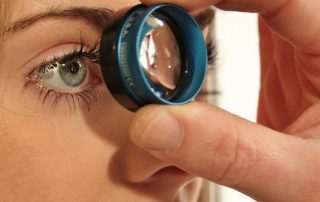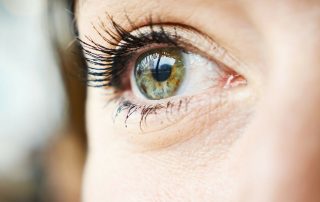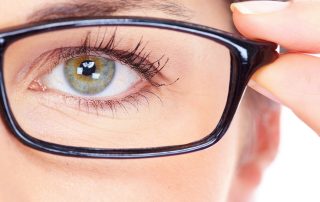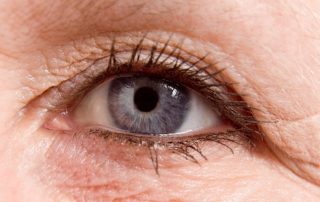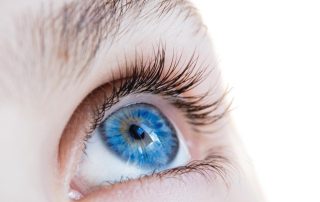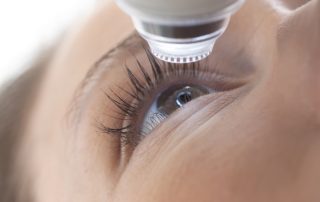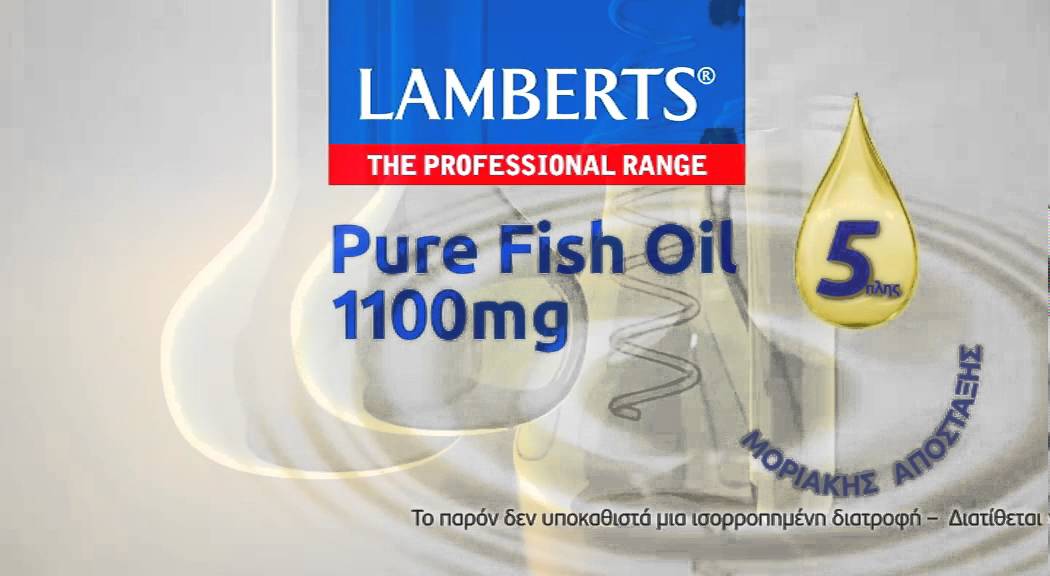Ginkgo biloba: An adjuvant therapy for progressive normal and high tension glaucoma
Gingko biloba has been used for hundreds of years to treat various disorders such as asthma, vertigo, fatigue and, tinnitus or circulatory problems. Two of the main extracts are EGb761 and LI 1370. Most pharmacological, toxicological and clinical studies have focused on the neuroprotective value of these two main [...]








